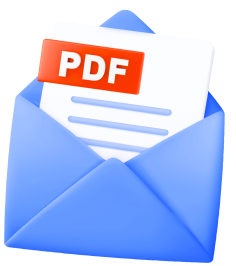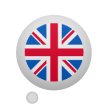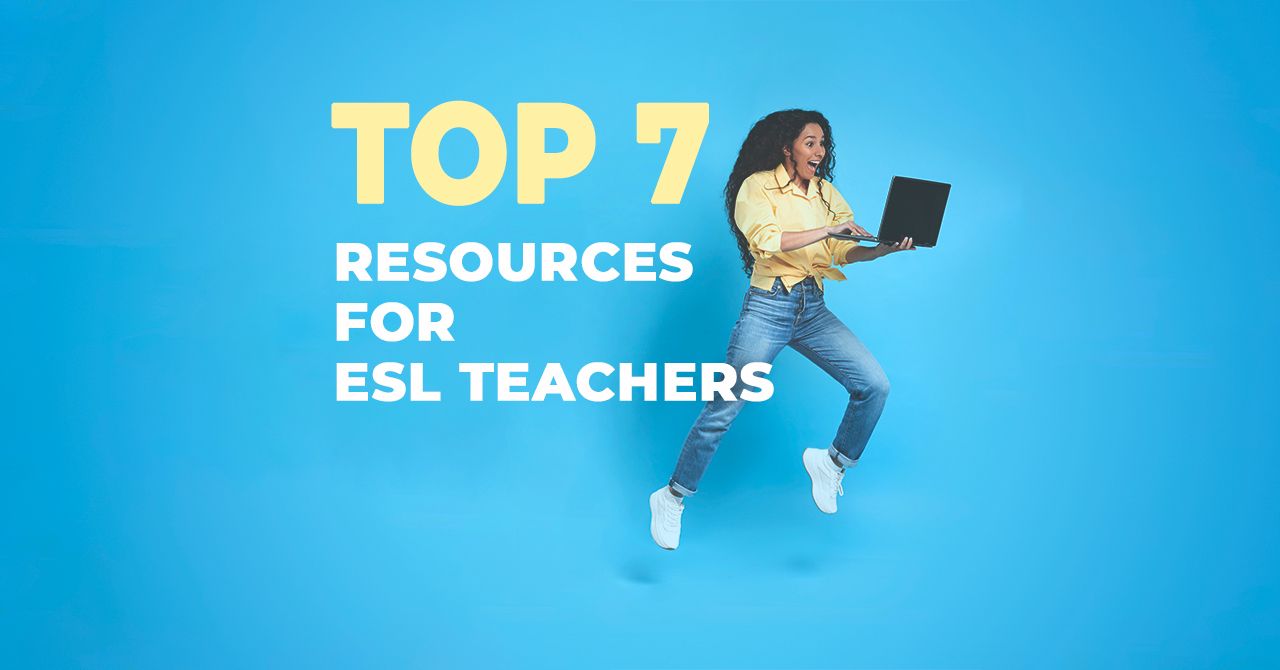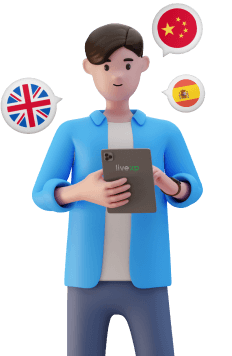
Using The Online Language Portfolio Method to Teach Languages
The OLP method is based on the traditional Language Portfolio method, which describes Language Portfolio as “a collection of individual students’ work put together in a file or a ring binder.”

Get a FREE guide!
Want to sound like a native English speaker?
Get our free PDF with top tips that work.

Check your email!
In the article, I aim to explore the methodology of the “Online Language Portfolio (OLP)” method that I often employ in my classes. It is highly engaging and helps to memorize new vocabulary quicker by creating opportunities to use the new words in context the moment a student encounters them. If you are a teacher, you can use it as a part of your lessons or home assignments, and if you are a self-learner, this method will assist you in expanding your vocabulary and crafting more cohesive texts. It works for language learners of all levels and is not overly time-consuming or arduous.
What is OLP method?
The OLP method is based on the traditional Language Portfolio method, which describes Language Portfolio as “a collection of individual students’ work put together in a file or a ring binder.” However, the OLP is based on the latest technology tools and creates a unique learning environment that mixes a traditional classroom discussion with the experience students would get on social media. Unlike the traditional methods where learners have to go through long lists of separate and hardly anyhow connected words often provided in textbooks, the OLP offers quick access to learning content. While creating their digital portfolio, students pick the right words to describe themselves as they would do, for example, on social media, so they craft the wordlist themselves. Thus, practical application of the word creates the need to learn the word and not vice versa. Basically, the student learns the word because they need it and not because the teacher provides it as a part of an abstract “required minimum,” often unclear to students.
The aesthetic appeal also contributes to the learning process, as the experience of creating an OLP is highly involving and aesthetically pleasing. The visual boards depicting and describing students’ achievements and memorable moments will make the learners look through their portfolios over and over, thus leveraging the process of memorizing and retaining the necessary chunks of texts.
Why OLP method is beneficial?
It facilitates learning new vocabulary in a relevant context, which is associated with longer retention and easier reproduction of the new words. While using this method, a student is required to pick the right words to describe specific images or situations relevant to their experience, which helps them grasp the meaning and usage of the new words. Learners have the freedom to select the topics and vocabulary that represent their experience, personality, achievements, and goals. This makes the learning process more meaningful and wholesome.
The main components of the OLP method
1. Preparation stage. First, it is necessary to create an account on Miro / Padlet or simply start a Google Jamboard. These platforms offer both free and paid options depending on the required functionality. Self-learners typically can make do with free options as they need only one board, whereas teachers can consider different plans offered since they might need multiple boards for various purposes. The next step is to choose the topic and voice the topic to the class and the teacher. It is desirable that the topic is picked by the student and not assigned by the teacher. In the case of a group class, students may compromise on one or several topics. The only thing to keep in mind here is that the topics should be too diverse for each student. For example, if one student wants to create a board on reducing carbon footprint while the other feels like writing about toys they played with when they were children, then it will be really difficult to have a balanced class when it comes to presenting students’ boards. In this case, it is better to call students for a compromise on something neutral. In case of an individual class, the student may choose almost any topic they like as long as it is appropriate for a discussion with a tutor. Then, the student chooses the title of the first board and the desired layout and background. For example, I usually work on Padlet, and my first board was called “My trip to Jamaica,” I chose a shot of the sunset I got on vacation, and I went with a free layout so that I could have all the freedom I want to download and describe my vacation photos and moments.
2. Content creation. The next stage is where the main work is done. Students pick the photos relevant to the topic. Some more creative learners might want to include videos, their own drawings, or AI art. After that, they are to create a story from their life, which these pictures are going to illustrate, and write captions under each photo. Should they encounter a word they would like to use but not know their equivalent, it is advisable that they consult a translation tool/dictionary. Finally, they create a list of new words with the view of memorizing them later.
3. Checking. As soon as the board is ready, it is sent to a teacher who checks the content and aptness of the expressions replacing the incorrect or inappropriate ones with better options both in the wordlist and captions.
4. Class discussion. Students then present their portfolios to the class or on one-on-one discussion. They demonstrate the photos and share the story behind the pictures and videos. Other students and the teacher ask questions on the content or compare student’s board with other boards in class provided the topics are similar or anyhow interconnected.
5. Revision and control. On this stage the teacher steps in with additional vocabulary quizzes or exercises ensuring the proper revision of the new vocabulary. This stage can be repeated several times, often sometime later after the initial presentation of students’ boards.
The possible disadvantages of this method are the typical problems associated with a self-directed learning environment when students may lack the means to track their progress effectively. To resolve this issue, the teacher should always be on track with the new words, introducing vocabulary quizzes or extra exercises aimed at vocabulary retention.
Results of using the OLP method
The likely tangible results of using the OLP method include, above all, eliminating the “language barrier,” i.e., the fear of speaking. When learners speak about topics they are comfortable with and come up with the wordlist prepared by themselves, it is less difficult for them to create cohesive and broad answers to questions and chime in the class. Secondly, the method facilitates preparation for speaking tests, such as PET, KET, FCE, CAE, and CPE, as the visual associations make it easier for students to recall the chunks of text when needed. The method also contributes to the development of various language skills such as writing, describing images and presentation, and, of course, vocabulary skills.
Conclusion
Overall, I would recommend OLP for students of A2 – C1 levels doing either private or group classes. The OLP method helps to create a personalized learning experience, truly making the student the center of the class. It is also a great tool that allows teachers to keep up with rapid technological progress.
















